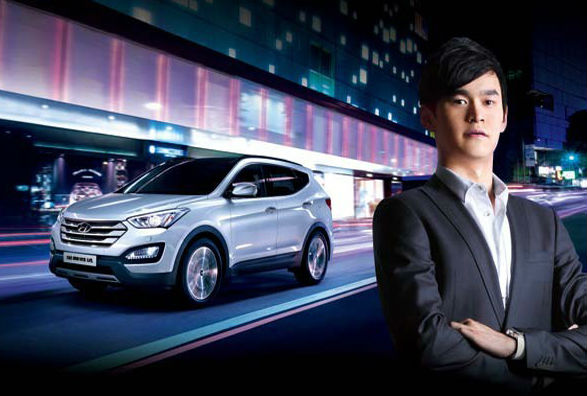China` spectacular economic growth over the past 20 years has been reflected in the emergence of the world`s fastest growing consumer market and a dynamic, burgeoning middle class. As incomes in China have risen, so have Chinese consumers` interest in products that were previously out of their reach, for example, cars. In 2013, car sales in China exceeded 22 million vehicles and this figure made China the very first country to sell more than 20 million vehicles in a year. Market research on cars in China is crucial to understand this trend.
The market of cars in China is still open for growth
Although China`s automotive market growth is slowing down, it is still expected to reach 31 million new registrations in 2020 with a much higher annual increasing rate (nearly 6%) than any other economy in the world. It is not surprising that car manufacturers are placing China at the very center of their long-term growth strategies.
Currently, Volkswagen is the undisputed sales leader. However, within the market, there are segments that are still expanding much faster; most notably luxury car. According to BBC News, the luxury car market in China has enjoyed a growth rate around 37%.
Along the path to be mature, there are still plenty of opportunities for other local foreign auto manufactures to capture market shares. Considering market divisions and product distributions, car manufacturers need to address a diverse mix of values to influence consumers` buying decisions.
Future trends for cars in China
There are several trends for automotive market in China in the next decade, according to market research companies in China. First, sales of sport utility vehicles (SUVs) will triple, although sedans will remain the largest segment. Second, there will be more second-time buyers and they will buy more high-priced cars. Third, the volatile growth rates for new cars observed over the last two decades will likely continue. Furthermore, consumer behavior by region and car-model preference will vary greatly.
China` economy is expected to continue to grow at a rate between 7% and 8% yearly in the next 10 year. And the number of high-income urban households with over 80,000 RMB a year will expand to 58% of the population in 2020. Higher incomes plus low auto penetration now suggest that the market is far from saturation. The expansion of road systems will continue to stimulate consumers` expectation of self-driven journeys and thus, the demand for automotive.
Nevertheless, regardless of the expected development, car manufacturers and dealers should not ignore that the volatility in China car market, combined with chronic overcapacity, has brought challenges to doing business in China. Car manufacturers should put more emphasis on understanding consumers` needs and behaviours, for example, increasing weight on quality and safety. Recent Accenture research shows that Chinese consumers rely predominantly on four factors when buying cars: friends and colleagues (49%), family members (64%), manufacturer websites (53%) and social media (72%). A suggestion could be that auto manufacturers and deals turn their investment on TV to strong social media sites for further branding in China.






